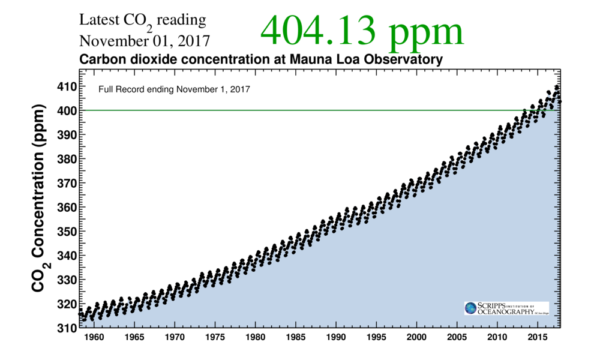“Shall I bend low and in a bondman’s key,
Shylock (Merchant of Venice, Act 1, Scene 3)
With bated breath and whisp’ring humbleness…?”
As dark nights draw in, the venerable contrarians at the GWPF are still up late commissioning silly pseudo-rebuttals to mainstream science. The latest, [but see update below] which no-one was awaiting with any kind of breath, is by Dr. Ray Bates (rtd.) which purports to be a take-down of the recent #SR15 report. As Peter Thorne (an IPCC author) correctly noted, this report is a “cut-and-paste of long-debunked arguments”. I’ve grown a little weary of diving down to rebut every repetitive piece of nonsense, but this one has a few funny aspects that make it worthwhile to do so.
When they go low, we go “sigh…”.
[Read more…] about Bending low with Bated breath